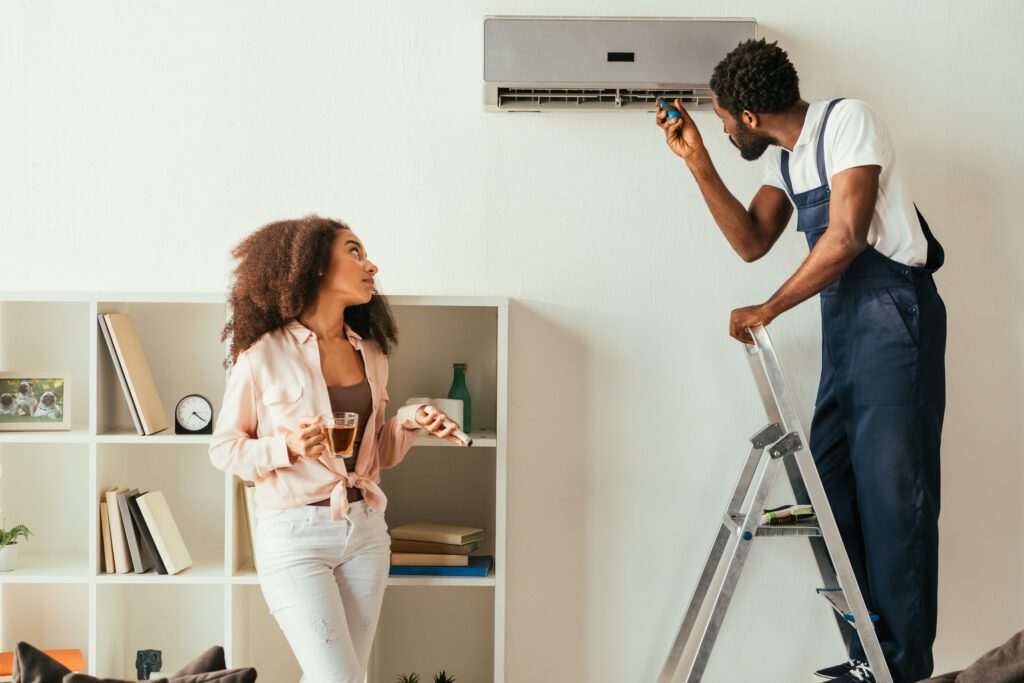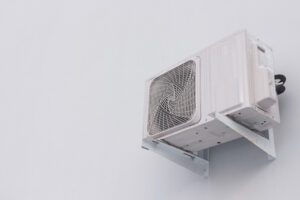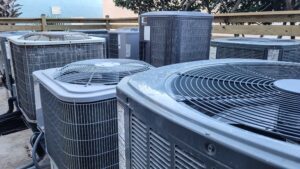Is your air conditioner not working properly? Before you pick up the phone to call for professional repair, there are a few troubleshooting tips you can try on your own. Understanding your air conditioning system and identifying common problems can help save you time and money. By following these simple techniques, you may be able to resolve the issue without the need for professional help.
Understanding Your Air Conditioning System
Before diving into troubleshooting, it’s helpful to have a basic understanding of how an air conditioner works. An air conditioning system works by removing heat from the air inside your home and transferring it outside, leaving behind cool air. This is achieved through a process known as refrigeration.
There are several types of air conditioning systems commonly found in homes, including central air conditioning, ductless mini-split systems, and window units. Each type operates slightly differently, but the overall goal is the same: to provide cool air and maintain a comfortable indoor temperature.
The Basics of How an Air Conditioner Works
An air conditioner consists of a compressor, condenser, evaporator, and refrigerant. The compressor circulates the refrigerant, which absorbs heat from the indoor air. The refrigerant then flows to the condenser, where it releases the heat outside. The cooled refrigerant returns to the evaporator, where it absorbs more heat and repeats the cycle.
Common Types of Air Conditioning Systems
Central air conditioning systems use a network of ducts to distribute cool air throughout the home. Ductless mini-split systems, on the other hand, have individual units that deliver cool air directly to specific areas. Window units are self-contained and fit into a window or opening.
Identifying the type of system you have can help you understand how to troubleshoot specific issues that may arise.
Let’s take a closer look at central air conditioning systems. These systems are popular in larger homes and buildings because they can efficiently cool multiple rooms at once. The central air conditioning system consists of an outdoor unit, typically located on the side of the house, and an indoor unit, usually located in the basement or utility room. The outdoor unit contains the compressor and condenser, while the indoor unit houses the evaporator and a blower fan.
When the thermostat detects that the indoor temperature is higher than the desired setting, it sends a signal to the central air conditioning system to start cooling. The compressor in the outdoor unit begins to circulate the refrigerant, which absorbs heat from the indoor air. The refrigerant then travels through the refrigerant lines to the indoor unit, where it releases the heat and cools down. The blower fan in the indoor unit then blows the cool air through the ducts and into the various rooms of the house.
Identifying Common Air Conditioning Problems
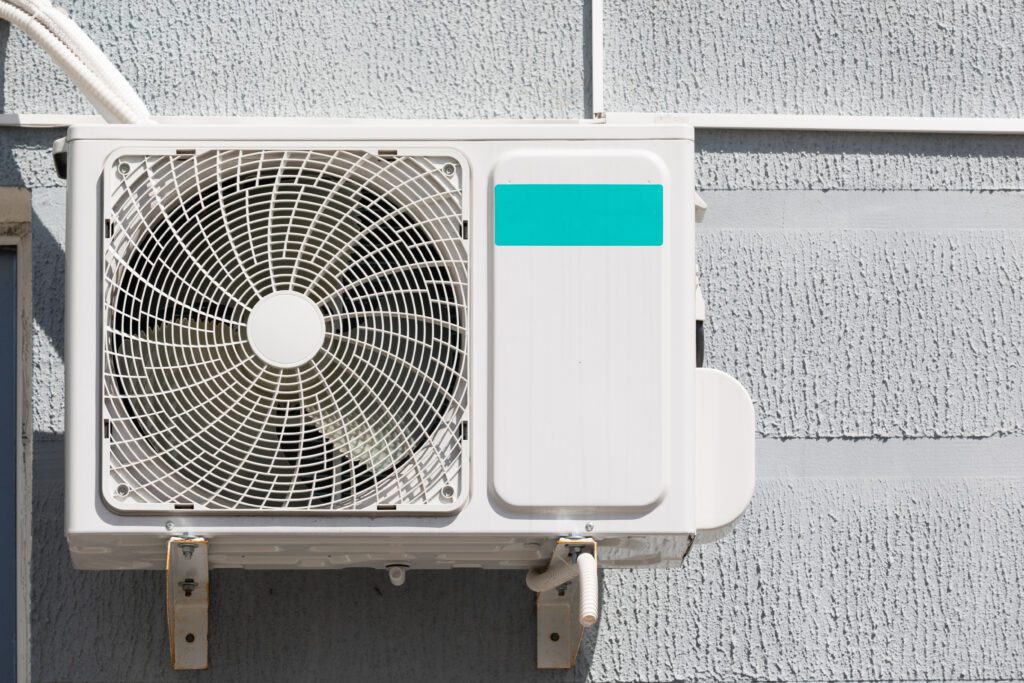
When your air conditioner is acting up, it’s important to identify the problem before attempting any fixes. Here are some common issues you may encounter:
Unusual Noises and What They Might Mean
If you notice unusual noises coming from your air conditioner, such as grinding, rattling, or squeaking, it could be a sign of a mechanical problem. Loose components or worn-out parts may be the cause. It’s best to turn off the unit and call a professional to assess and repair the issue.
Grinding noises often indicate that the motor bearings are worn out and need replacement. Rattling sounds could be due to loose screws or bolts within the unit. Squeaking noises might suggest that the fan belt is worn and needs to be adjusted or replaced. Ignoring these sounds can lead to further damage and potentially costly repairs.
Dealing with Inconsistent Cooling
If certain areas of your home feel warmer or cooler than others, it could be a sign of airflow problems. Check for obstructions in the vents and ensure they are open and unblocked. Dirty filters can also hinder airflow, so be sure to clean or replace them regularly.
Inconsistent cooling can also be caused by issues with the thermostat or ductwork. A malfunctioning thermostat may not be accurately reading the temperature in your home, leading to improper cooling. Leaky ducts can result in cooled air escaping before it reaches its intended destination, causing temperature variations throughout your home.
Addressing Leaks and Moisture Issues
If you notice water pooling around your air conditioner or excessive moisture on the unit itself, it could indicate a clogged drain line or a refrigerant leak. A clogged drain line can be cleared by using a wet-dry vacuum, but refrigerant leaks require professional attention as they can be hazardous to your health and the environment.
Refrigerant leaks not only impact the efficiency of your air conditioner but can also pose health risks if inhaled. The presence of water around your unit can lead to mold growth, affecting indoor air quality. Regular maintenance, such as cleaning the drain line and checking for leaks, can help prevent these issues and ensure your air conditioner operates smoothly.
Simple Troubleshooting Techniques
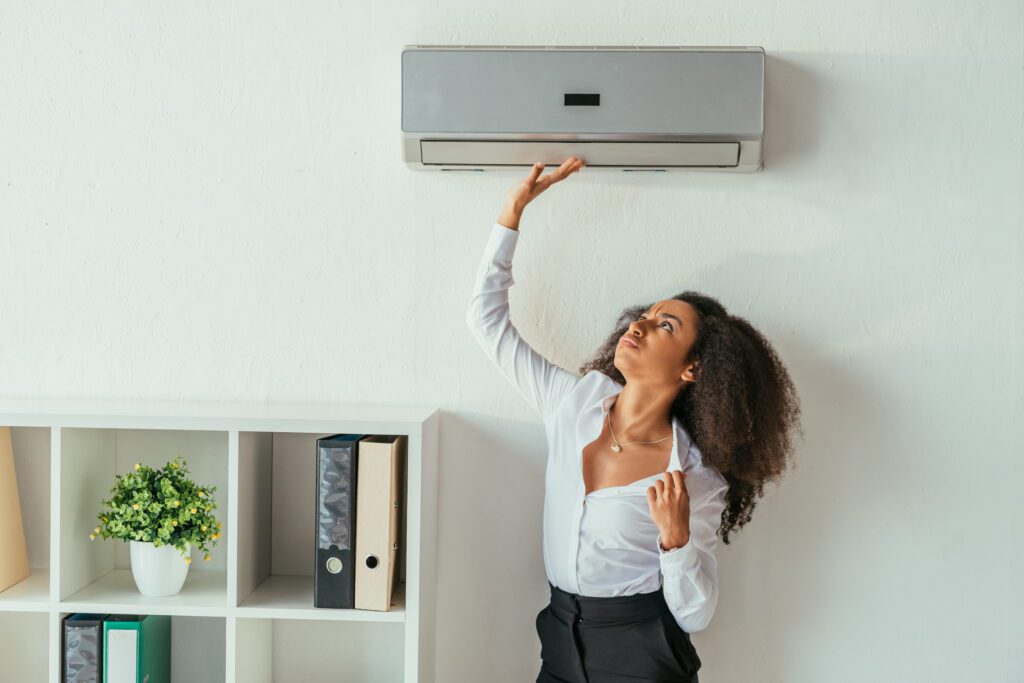
Once you’ve identified the problem, there are a few simple troubleshooting techniques you can try before calling for professional help.
It’s essential to understand that your air conditioning system is a complex interplay of various components working together to keep your home cool and comfortable. By familiarizing yourself with some basic troubleshooting techniques, you can potentially resolve minor issues and save both time and money.
Checking Your Thermostat Settings
Make sure your thermostat is set to the desired temperature and set to “cool” mode. Ensure that the batteries, if applicable, are working properly. If the thermostat is not functioning correctly, it could be causing the air conditioner to behave unexpectedly.
Moreover, consider the placement of your thermostat. It should be away from direct sunlight, heat sources, or drafts to provide an accurate reading of the indoor temperature. Incorrect readings can lead to your air conditioner running longer than necessary, increasing energy consumption.
Ensuring Proper Airflow
Check that the air registers are clean and open. Blocked or closed registers can restrict airflow, leading to inconsistent cooling. Additionally, inspect the outdoor unit for any obstructions, such as leaves or debris, and clear them away to promote proper airflow.
Furthermore, maintaining clear space around your indoor and outdoor units is crucial for efficient operation. Trim any vegetation or obstructions near the outdoor unit to ensure adequate airflow and prevent potential damage to the system.
Cleaning and Replacing Air Filters
Dirty air filters can restrict airflow and lower the efficiency of your air conditioner. Routinely clean or replace the filters to ensure optimal performance. Consult your unit’s manual for specific instructions on how to clean or replace the filters.
Remember that regular maintenance, such as cleaning or replacing air filters, not only improves the air quality in your home but also extends the lifespan of your air conditioning system. It’s a simple yet effective way to keep your system running smoothly throughout the year.
When to Call a Professional
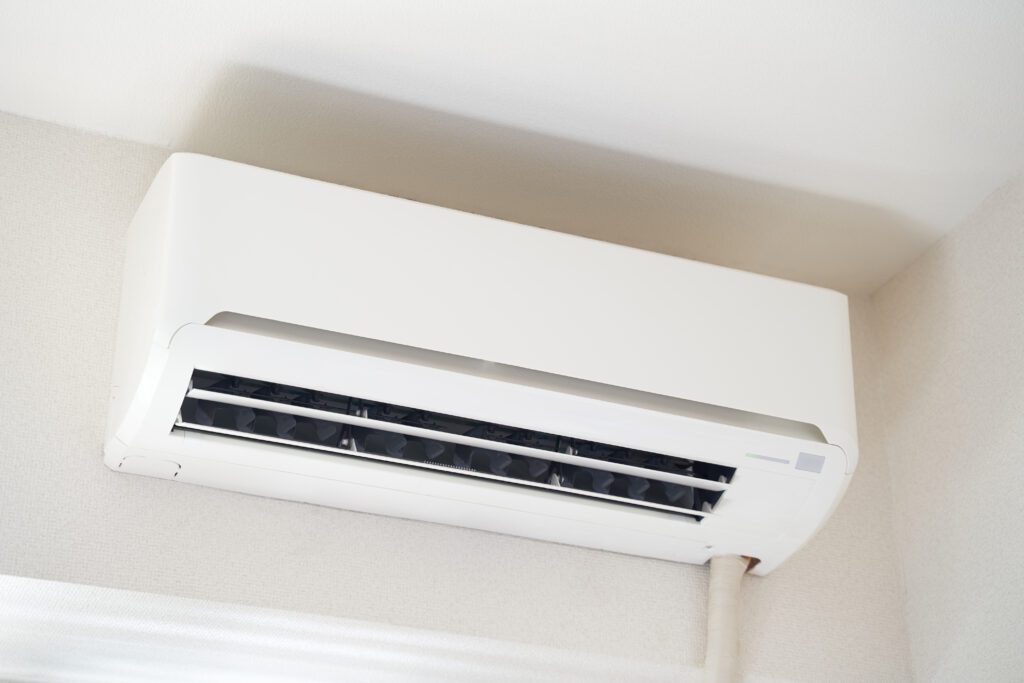
While some air conditioning issues can be resolved through troubleshooting, there are times when it’s best to call a professional.
Recognizing More Serious Issues
If you encounter complex problems such as a malfunctioning compressor, electrical issues, or refrigerant leaks, it’s crucial to seek professional help. These issues require specialized knowledge and equipment to repair safely and effectively.
For example, a malfunctioning compressor can lead to a complete breakdown of your air conditioning system. This vital component is responsible for compressing the refrigerant, which is essential for cooling the air. Repairing or replacing a faulty compressor requires expertise and precision, as it involves intricate electrical connections and refrigerant handling.
Electrical issues can also pose a significant risk if not handled correctly. Faulty wiring or improper connections can lead to short circuits, electrical shocks, or even fires. Professional technicians are trained to diagnose and repair electrical problems safely, ensuring the well-being of both you and your air conditioning system.
Refrigerant leaks are another serious issue that should be addressed by professionals. Not only can these leaks result in reduced cooling efficiency, but they can also harm the environment. Refrigerants are potent greenhouse gases, and their release into the atmosphere contributes to global warming. Trained technicians have the knowledge and equipment to detect and repair refrigerant leaks, ensuring the proper functioning of your air conditioner while minimizing environmental impact.
Understanding the Risks of DIY Repairs
Attempting complex repairs without the necessary expertise can lead to further damage or put your safety at risk. It’s better to rely on the skills and experience of trained professionals to handle complicated air conditioning repairs.
For instance, tampering with electrical components without proper knowledge can result in severe injuries or even fatalities. High voltage currents are present in air conditioning systems, and mishandling them can lead to electric shocks. Professionals are well-versed in electrical safety protocols and have the necessary tools to handle these risks effectively.
Moreover, DIY repairs can often exacerbate the initial problem instead of solving it. Without proper training, you may misdiagnose the issue or use incorrect repair techniques, causing further damage to your air conditioning system. This can result in higher repair costs and longer periods without a functioning unit.
The Benefits of Regular Maintenance and Professional Repairs
Even if your air conditioner appears to be working fine, scheduling regular maintenance with a professional can help prevent future problems and extend the lifespan of your unit. Professional technicians can identify and address minor issues before they turn into major headaches.
During a maintenance visit, professionals will thoroughly inspect your air conditioning system, checking for any signs of wear and tear. They will clean the various components, including the condenser coils, evaporator coils, and air filters, ensuring optimal performance. Additionally, they will lubricate moving parts, tighten electrical connections, and measure refrigerant levels to ensure everything is in proper working order.
By investing in regular maintenance, you can enjoy several benefits. Firstly, your air conditioner will operate more efficiently, leading to lower energy bills. Secondly, regular maintenance can help prevent unexpected breakdowns, saving you from the inconvenience and discomfort of a malfunctioning system during hot summer months. Lastly, professional attention can significantly extend the lifespan of your air conditioner, delaying the need for a costly replacement.
In conclusion, before calling for professional air conditioning repair, try these troubleshooting tips. Understanding the basics of how your air conditioner works and identifying common problems can help you troubleshoot effectively. Simple techniques such as checking thermostat settings, ensuring proper airflow, and cleaning filters can often resolve minor issues. However, for more complicated or serious problems, it’s best to consult a professional for safe and efficient repairs. Remember, regular maintenance and professional attention can keep your air conditioner running smoothly for years to come.

